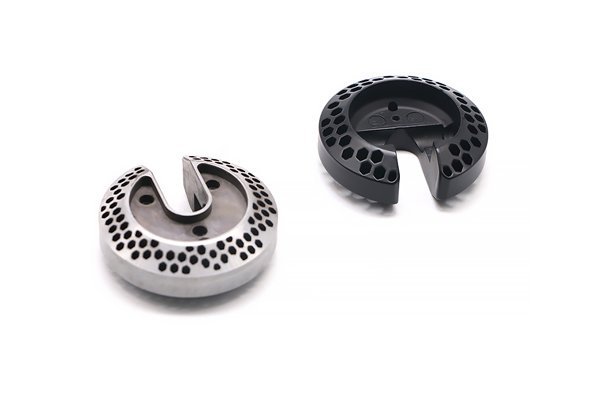Have you ever wondered how precision manufacturing operates under extreme conditions? CNC (Computer Numerical Control) machining has revolutionized manufacturing processes across various industries, but when it comes to high and low-temperature prototyping, the stakes are even higher. The ability to produce functional prototypes that can withstand temperature fluctuations is essential, particularly in industries such as aerospace, automotive, and medical devices.
In this comprehensive exploration, we’ll dive deep into how CNC machining performs under high and low-temperature settings, the materials best suited for these conditions, the challenges faced, and the solutions that can be implemented to achieve superior prototype quality.
Understanding CNC Machining: A Brief Overview
CNC machining involves the use of computer systems to control machine tools, like lathes and mills, to precisely shape materials into desired specifications. The automation provided by CNC technology not only improves efficiency but also enhances the accuracy and repeatability necessary for high-precision parts.
Temperature Impact on Machining
Temperature plays a crucial role in CNC machining for a variety of reasons:
High-Temperature CNC Machining
When fabricating prototypes intended for high-temperature applications (e.g., turbine components in aerospace or heat exchangers in the energy sector), the following considerations are vital:
Choose the Right Material
Selecting materials that can withstand high temperatures without losing their mechanical properties is paramount. Some common materials include:
Optimization of Cutting Parameters
To address the challenges of high-temperature CNC machining, it is crucial to optimize the following parameters:
Tool Selection
Using high-performance cutting tools specifically designed for high-temperature applications is essential. Tools made from materials like carbide or coated with titanium nitride can withstand higher temperatures while maintaining sharpness.
Process Monitoring
Implementing real-time process monitoring technology can enhance production efficiency. Sensors can track temperature fluctuations, which allows for immediate adjustments in the machining process, ensuring consistent quality even under challenging conditions.
Low-Temperature CNC Machining

In contrast, machining at low temperatures represents unique challenges, especially in industries requiring precision parts, such as electronics and medical devices. Low temperatures can also alter the characteristics of materials like thermoplastics or metals. Here’s how to manage low-temperature machining effectively:
Material Selection
Choosing materials that maintain optimal performance at lower temperatures is crucial. Recommended materials include:
Techniques for Low-Temperature Machining
Adjust Tooling and Fixtures
Utilizing tooling specifically designed for low-temperature applications is advised. This includes:
Challenges in Extreme Temperature CNC Machining
Both high and low-temperature CNC machining present unique challenges that require proactive solutions:
Thermal Distortion
Temperature changes can lead to thermal distortion in machined parts, impacting their dimensional accuracy. Controlling machine temperature and environmental conditions is crucial to minimize this phenomenon. Regular calibration and maintenance of CNC equipment can sustain optimal conditions.
Tool Wear and Longevity
Tools can wear down faster under extreme temperature conditions. Strategies for prolonging tool life include:
Workholding Challenges
Ensuring the workpiece remains firmly secured during machining is vital, particularly at extreme temperatures. Options for effective workholding mechanisms include:
CNC machining demonstrates remarkable adaptability in high-temperature and low-temperature environments, but it does come with its unique set of challenges. As we’ve explored in this blog, from material selection and tooling decisions to optimizing process parameters, several strategies can enhance performance and ensure quality. Understanding the impact of temperature on materials and processes is imperative for engineers and manufacturers to produce high-quality, functional prototypes.
Ultimately, the ability to navigate the challenges presented by extreme temperatures in CNC machining is not merely a technical necessity; it’s crucial for innovation across industries. Whether it’s developing materials for aerospace applications or producing components for medical devices, companies that embrace these challenges will drive their products toward precision, sustainability, and superior functionality.






